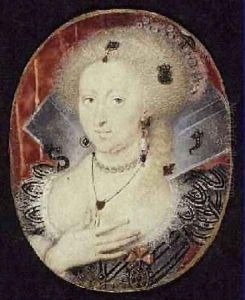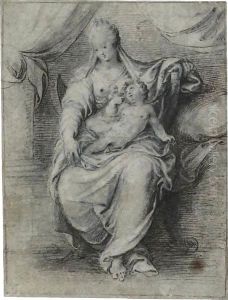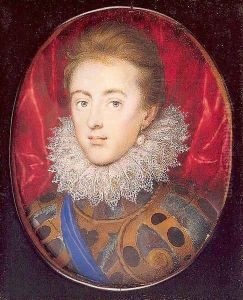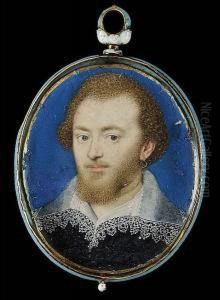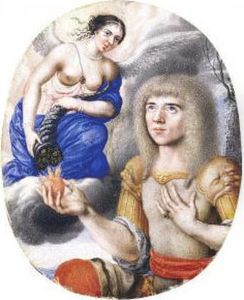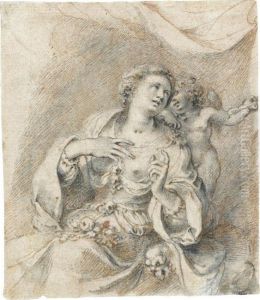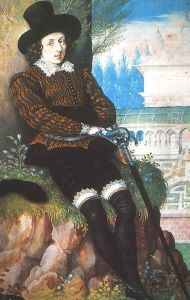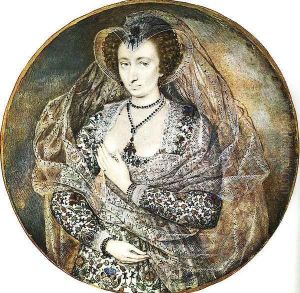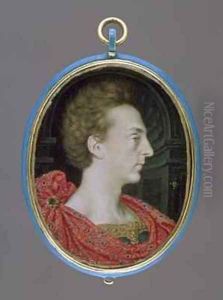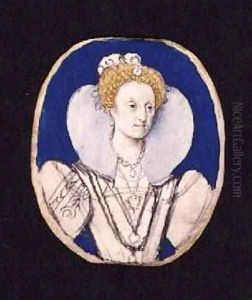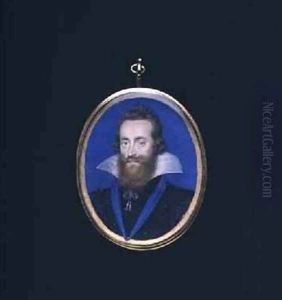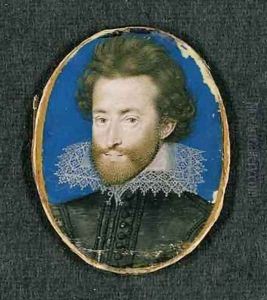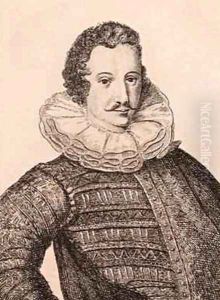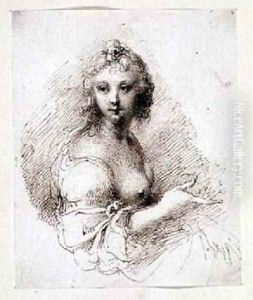Isaac Oliver Paintings
Isaac Oliver was an English portrait miniaturist known for his detailed and delicate work during the late Elizabethan and early Jacobean periods. Born around 1565 in Rouen, France, to a Huguenot family, Oliver's exact date of birth is uncertain. His family moved to England to escape religious persecution, and it was in London where Oliver would eventually establish his career.
Oliver likely trained under Nicholas Hilliard, who was the preeminent miniaturist of the time and the official limner (painter) to Queen Elizabeth I. Under Hilliard's guidance, Oliver developed his skills and was heavily influenced by Hilliard's techniques. However, Oliver's style gradually diverged, showing a greater interest in the use of light and shadow as well as more attention to detail in his work.
Oliver's clientele included the social elite, and he became particularly associated with the court of James I. He painted portraits of many notable figures of the time, including Sir Walter Raleigh and the Earl of Essex. His works are characterized by their intricate detail, rich colors, and the use of symbolism to convey aspects of the sitter's character or status.
Oliver's contribution to the art of miniature painting was significant, and he played a key role in the transition from the Elizabethan to Jacobean aesthetic in portraiture. His portraits are often intimate, with a focus on capturing the personality and mood of the subject.
Despite the success he achieved during his lifetime, details about Oliver's personal life remain relatively obscure. He married a woman named Elizabeth, with whom he had at least one son, Peter Oliver, who also became a talented miniaturist. Isaac Oliver died in 1617, leaving behind a legacy that would influence English portrait miniature painting for generations. His works are held in various art collections, including the Victoria and Albert Museum in London and the Royal Collection.

